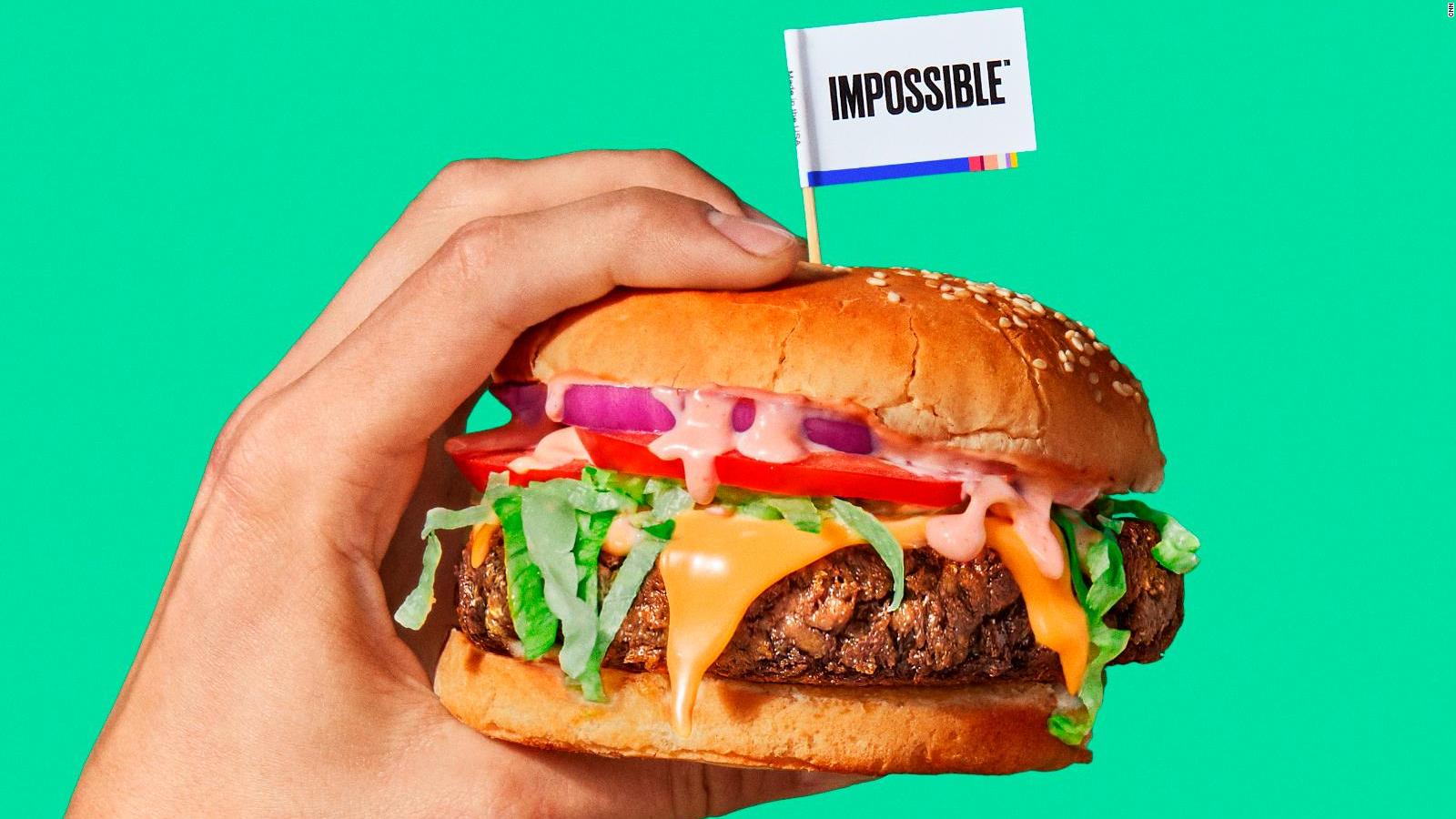Synthetic Beef

For example, in a recent interview with Technology Review, he pointed out how rich nations could move us closer to sustainability by moving to 100% synthetic beef. “You can get used to the taste difference, and the claim is they’re going to make it taste even better over time,” Gates said.
FWIW, the taste difference, even today, is extremely small. A few years ago, I served up the “Beyond Beef” hamburger to my kids and asked what they thought, without revealing that it didn’t have a single molecule of cow in it. They said they loved it, and were shocked when I told them about the ingredients; it really is almost indistinguishable from beef.
Additionally, there are two classes of synthetic beef. What Gates is referring to is plant-based meat, created by isolating and concentrating the plant protein heme, which enables Beyond Meat, Impossible Foods, and the rest to offer products that look, taste, and even “bleed” (when cooked) like cow meat.
On a parallel track is the production of meat based on extracting the DNA from a live animal and growing meat in a laboratory, rather than in a meat factory.
I have to say that I had a little chuckle when I came across the photo below while looking for the one above. Apparently PepsiCo is partnering with Beyond Meat, though isn’t the intersection of customer demographics between the two brands about as close to zero as one could get? It’s like selling MAGA hats at Brooks Brothers or university bookstores.

